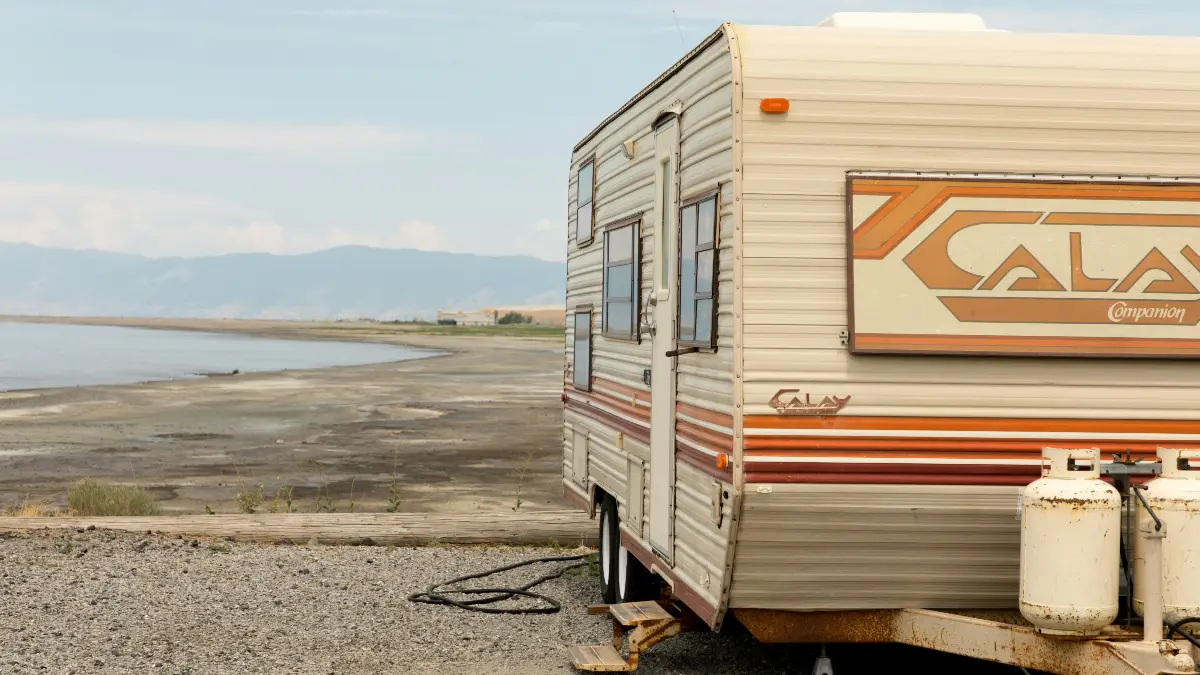Luxury camper van buyers lose an average of $67,000 in the first three years. Not from normal use. From systematic lies dealers and manufacturers tell about capabilities, costs, and quality.
The industry thrives on deception. They promise Mercedes reliability, get RV reality. They advertise days of off-grid power, deliver hours. They claim premium quality, ship recalled products.
Here are the three biggest lies costing buyers the most money. Each one backed by legal documents, industry data, and devastated owner experiences.
Your wallet depends on knowing the truth.
1. It Holds Its Value Like a Mercedes
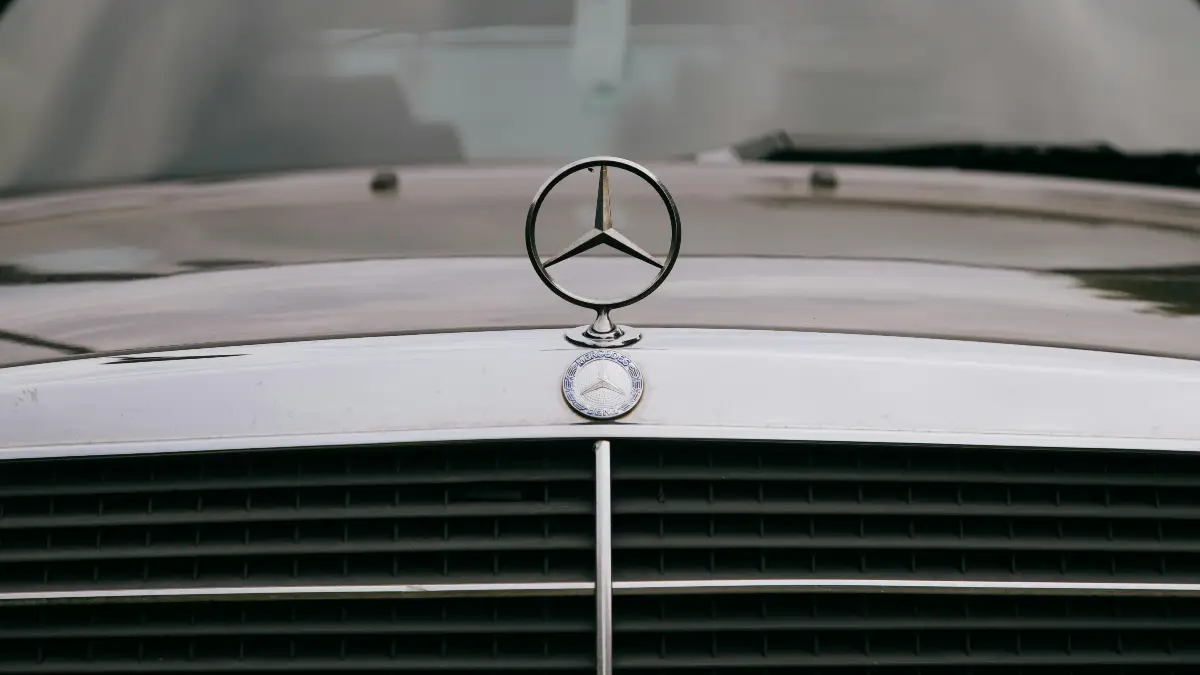
You walk into a luxury camper van dealership and hear the same pitch every time. “These hold their value beautifully. Think of it like buying a Mercedes—quality that lasts.”
Here’s what really happens to your money.
Your $200,000 camper van loses $42,000 the second you drive it off the lot. That’s a 21% hit before you even reach the highway. No Mercedes does that.
The pain gets worse. After five years, your luxury RV is worth half what you paid. Sometimes less.
Real numbers tell the story. Winnebago Revels that sold for $225,000 in 2021 now list for $115,000 with under 10,000 miles. That’s a $110,000 loss in three years.
One Ford Transit Forum user put it perfectly: “The level of depreciation that Revel owners are suffering right now makes a Maserati seem like a solid investment.”
Compare that to actual luxury cars. A $200,000 Mercedes S-Class loses about 15% in year one and 35% after five years. Your camper van? It drops 21% immediately and 50% or more by year five.
Progressive Insurance data shows RV depreciation runs 40% faster than luxury vehicles in the same price range. Yet dealers keep using that Mercedes comparison.
Why does this happen? RVs aren’t cars. They’re built differently, serviced differently, and treated differently by buyers. Plus, the market is flooded with barely-used units from people who bought the dream and couldn’t handle the reality.
The brutal math: If you finance that $200,000 Revel, you’ll owe more than it’s worth for at least six years. Many owners find themselves $50,000 underwater within two years.
This isn’t normal vehicle depreciation. It’s wealth destruction.
Smart buyers know this going in. They buy used units that already took the massive value hit. Or they negotiate new prices so low that depreciation becomes manageable.
Don’t let dealers fool you with luxury car comparisons. Your camper van will lose value faster than almost anything else you can buy.
2. You’ll Get 18-22 MPG Highway
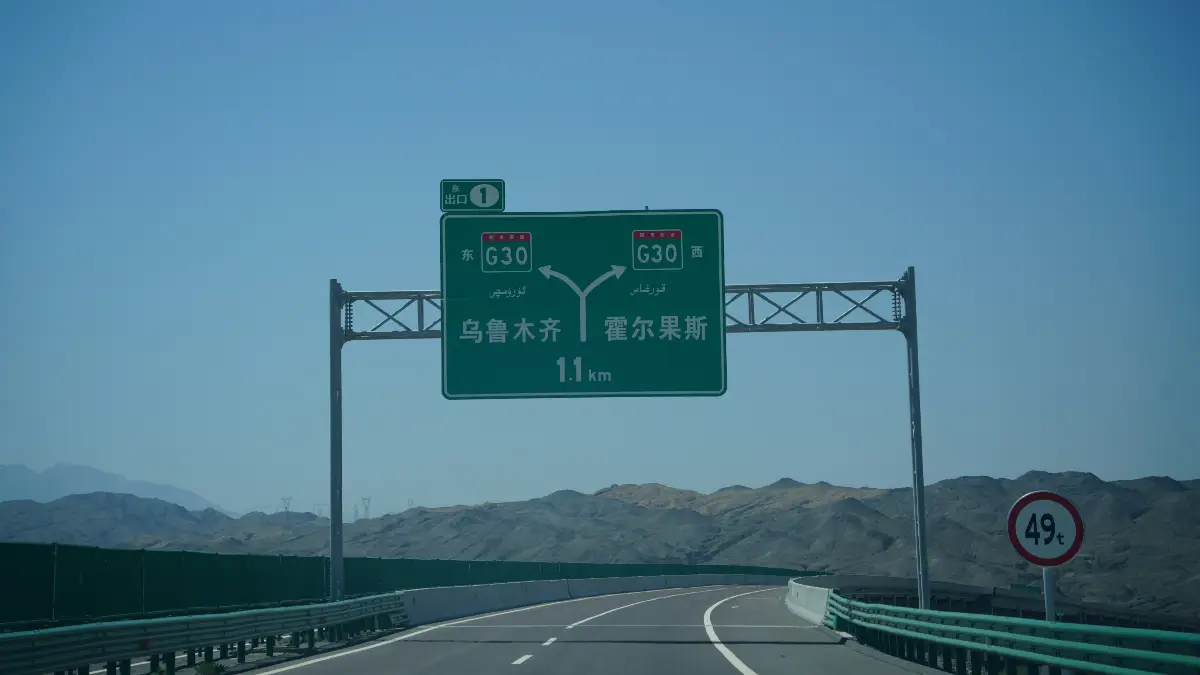
Every luxury camper van brochure shows the same promise. Great fuel economy. Usually 18-22 MPG highway. Some even claim higher.
Real owners get 11-15 MPG. That’s it.
The math is simple but painful. At current diesel prices, that difference costs you about $2,400 extra per year if you drive 15,000 miles.
Winnebago advertises “around 18 miles per gallon” for the Revel. Owner forums tell a different story. Most report 12-14 MPG in real-world driving. Some see 15-16 MPG on flat highways with no wind.
Here’s why the marketing numbers are fake:
Manufacturers test under perfect conditions. Empty vehicle. Flat roads. No headwinds. Steady speeds. No air conditioning. No real-world loads like water, food, and gear.
You’ll never see those conditions on an actual trip.
Motor Trend tested luxury camper vans and found they consistently missed manufacturer claims by 2-4 MPG. That matches what owners report.
The Winnebago Revel Forum tells the real story:
- “Getting 12-13 MPG on average, sometimes 14 on perfect highway conditions”
- “Advertised 18 MPG is a joke. I see 11-12 MPG with normal loads”
- “Best I’ve ever gotten was 16 MPG going downhill with a tailwind”
Your wallet feels every missing mile per gallon. Over five years of typical ownership:
- At advertised 20 MPG: $11,250 in fuel costs
- At real-world 13 MPG: $17,300 in fuel costs
- Extra cost: $6,050
That’s just fuel. Add the money you lost because the van didn’t perform as advertised.
Some owners try to hit the marketing numbers. They drive 55 MPH on highways. They skip air conditioning in summer heat. They pack light and avoid hills.
That’s not realistic for actual camping trips.
3. True Four-Season Capability
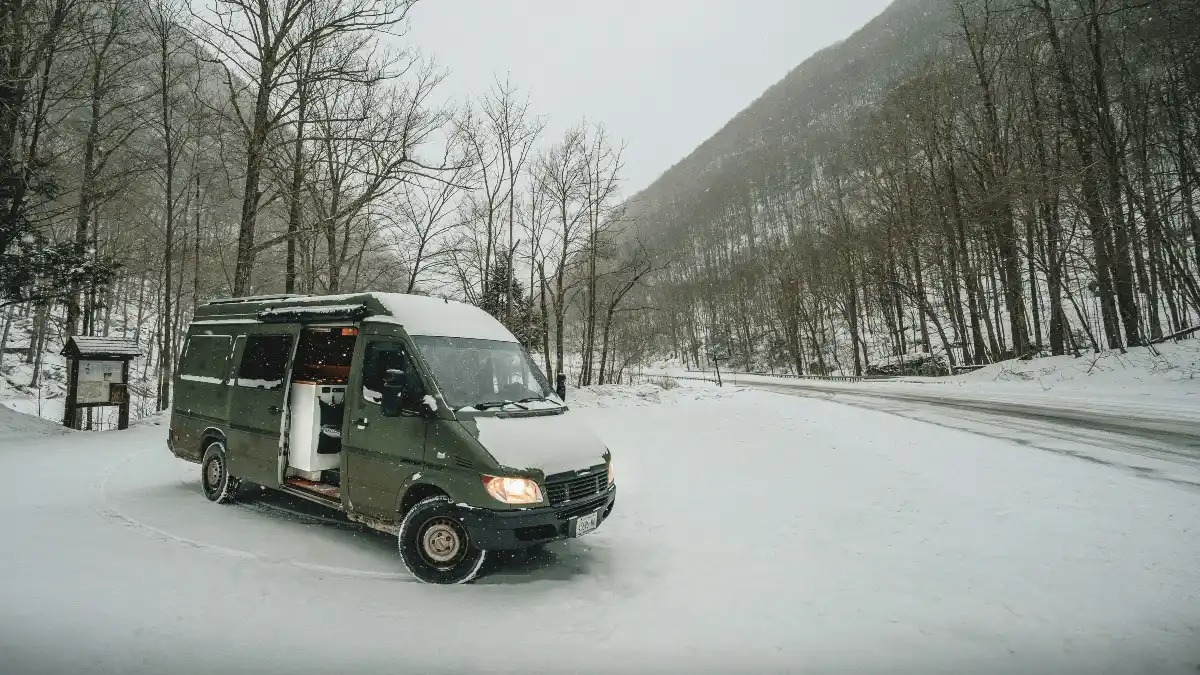
Marketing materials show luxury camper vans parked in snowy mountain scenes. “Four-season adventure machine.” “Arctic-rated systems.” “Built for year-round exploration.”
The truth? Your pipes will freeze.
Most luxury camper vans can’t handle sustained freezing temperatures. When it stays below 32°F for days, plumbing systems fail. Water tanks crack. Pumps break.
You’re stuck with a $200,000 vehicle you can’t use when you need it most.
Professional builders know the problem. The Vansmith, a Colorado van conversion company, reviewed the Winnebago Revel honestly: “Despite marketing claims about four-season use, the Revel includes design compromises that limit serious cold weather performance.”
The issue is simple engineering. Most luxury vans don’t insulate their plumbing properly. Water lines run through unheated areas. Tanks sit in spots that freeze. Gray water systems become ice blocks.
Winnebago talks about “cold weather packages” and “arctic insulation.” But look at the fine print. They recommend draining water systems when temperatures drop below freezing for extended periods.
Real owner experiences paint the picture:
- “Water system froze solid after two nights at 15°F”
- “Had to thaw pipes with a hair dryer every morning in Colorado”
- “Learned the hard way that four-season means three seasons plus emergency shelter”
Some luxury vans include diesel heaters and extra insulation. These help with interior comfort. But they don’t solve the plumbing problems.
Compare this to true four-season RVs. Arctic-rated units cost $300,000+ and include heated, enclosed underbellies. Fully enclosed plumbing. Tank heaters. Real cold-weather engineering.
Your luxury camper van doesn’t have these features. It has marketing claims and pretty pictures.
Smart winter camping means knowing the limits. You can use your van in cold weather for short trips. Drain the water system when hard freezes hit. Carry backup water supplies.
But don’t buy based on four-season promises. Buy knowing you’re getting a three-season vehicle with emergency cold weather shelter capability.
That’s still valuable. Just not what they’re selling you.
4. Premium Build Quality Throughout
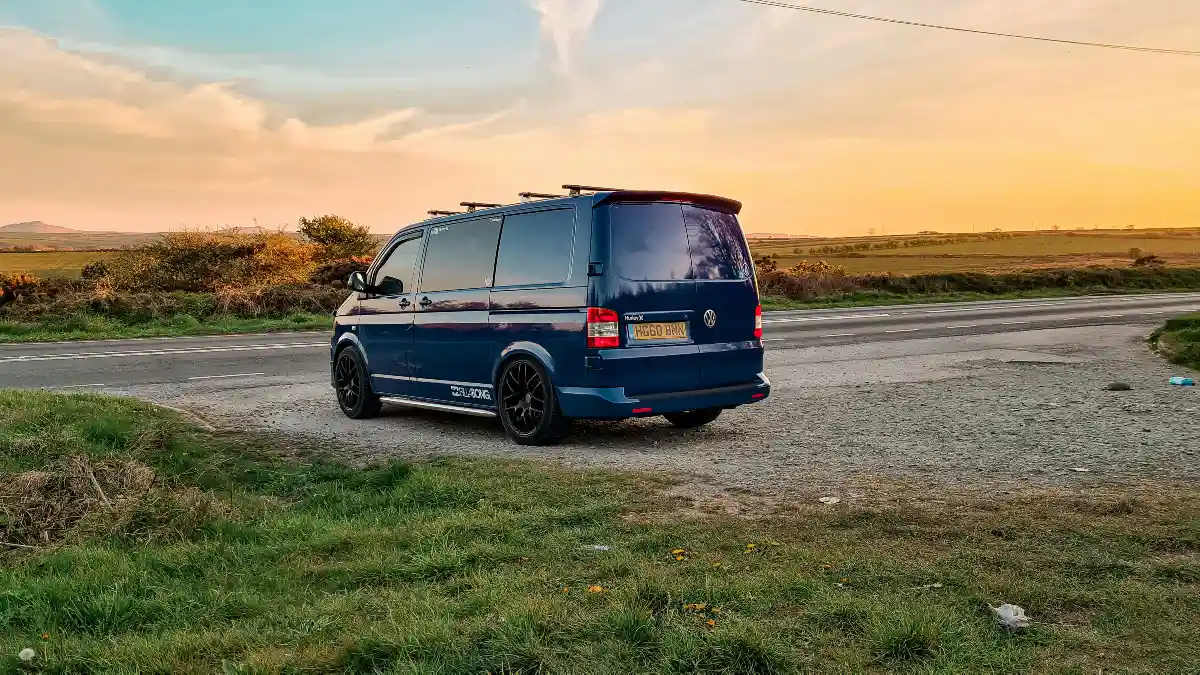
You’re paying luxury car prices. You expect luxury car quality. The marketing materials promise “premium materials,” “precision craftsmanship,” and “tested to the highest standards.”
Here’s what you actually get: Over 4,500 Winnebago Revels recalled because their awnings deploy while driving.
Picture this. You’re doing 65 MPH on the interstate. Your $200,000 van suddenly sprouts a 12-foot awning. That’s not premium quality. That’s dangerous engineering.
The problems go deeper than one recall. Consumer Reports data shows 15-25% of luxury RV owners experience significant problems within two years. Compare that to luxury cars, where major issues affect less than 5% of owners.
Thor’s Sequence model shows 31.4% warranty claim rates. Almost one in three owners needs warranty work in the first year. Premium brands like BMW see warranty rates under 10%.
Real owner stories tell the painful truth:
“Quality is pathetic, dealer knowledge is pathetic. The first time I opened the side window in the sliding door, it fell to the ground.”
That’s from a Winnebago owner who paid over $180,000.
The recall database reveals systematic problems:
- Battery cable issues causing electrical shorts and potential fires (2020-2024 Revels)
- Water system failures in multiple model years
- Chronic door alignment problems
- HVAC systems that fail within months
Here’s why quality problems plague luxury RVs: They’re still built like regular RVs, just with fancier interiors.
RV factories use piece-work payment systems. Workers get paid for speed, not quality. Manual assembly lines focus on units per day, not precision.
Airstream CEO Bob Wheeler admits the truth: “RVs are largely built by hand along manual assembly lines. They are, at their most fundamental level, houses on wheels.”
Houses on wheels require constant maintenance. Luxury cars don’t.
Your $200,000 camper van uses the same basic construction methods as a $50,000 travel trailer. Better materials inside. Same sloppy assembly underneath.
The math hurts: Premium buyers expect automotive reliability but get RV reality. That means 3-5% of your vehicle’s value in annual repairs and maintenance.
On a $200,000 van, budget $6,000-$10,000 per year for upkeep. Mercedes owners spend maybe $2,000 annually on a similar-priced vehicle.
Smart buyers know this going in. They budget for problems. They find good RV technicians before they need them. They learn basic maintenance skills.
Don’t expect car quality from RV construction. Even at luxury prices, you’re buying a recreational vehicle with all the maintenance that requires.
5. Days of Off-Grid Capability
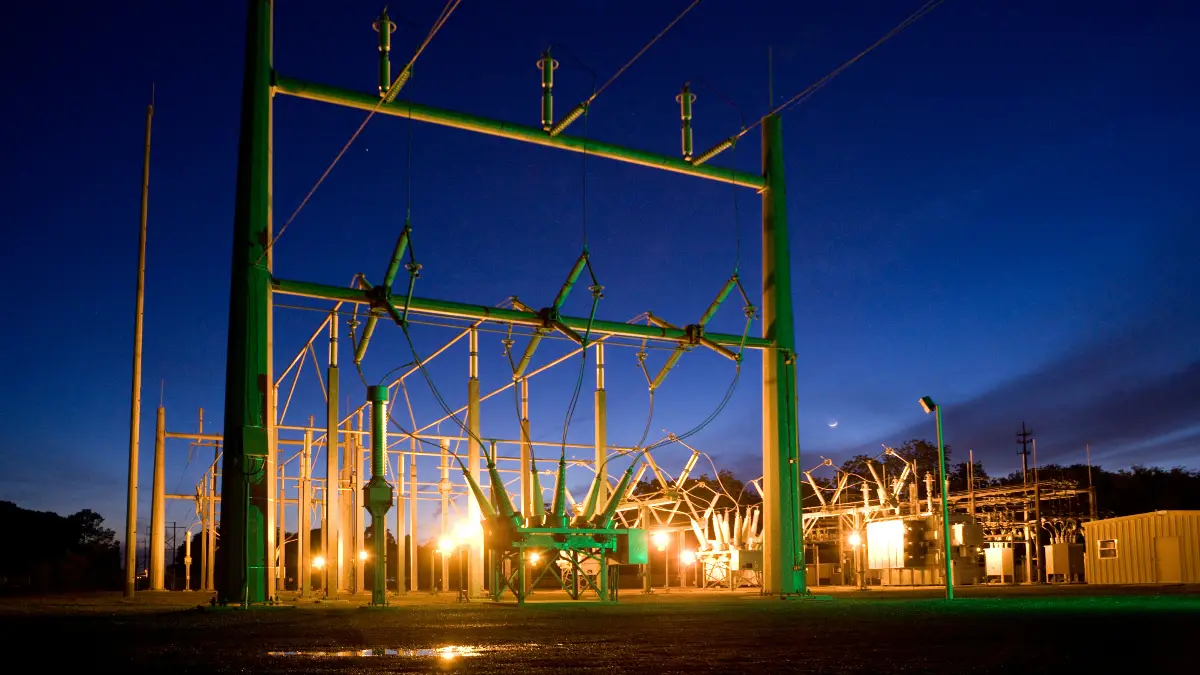
The brochure shows your luxury camper van parked in the middle of nowhere. Solar panels glinting. “Explore for days without hookups.” “True off-grid freedom.”
You’ll be lucky to last two days.
Most luxury camper vans claim 3-7 days of off-grid power. Real owners run out of juice in 24-48 hours with normal use.
Here’s the math that doesn’t add up: Your typical luxury van has 200-400 amp hours of battery power. Sounds like a lot. But your fridge alone uses 40-60 amp hours per day. Add lights, fans, water pump, and phone charging, and you’re burning 80-120 amp hours daily.
The solar panels make it worse. Marketing materials show perfect conditions and peak output. Real solar performance runs 30-50% below those numbers.
Cloudy day? Cut your solar by 70%. Parked under trees? Almost no charging. Wrong angle to the sun? Another 40% loss.
RV industry professionals know the truth. One expert puts it simply: “The RV industry is notorious for under supplying the battery bank” compared to what they promise.
Weather kills your off-grid dreams. Three cloudy days in a row and you’re done. Your batteries drain faster than solar can refill them. You need to find hookups or run a generator.
Smart van owners learn this fast. They add more batteries. Install bigger solar arrays. Carry backup generators.
The real costs add up:
- Extra batteries: $2,000-$4,000
- More solar panels: $1,500-$3,000
- Quality inverter: $800-$1,500
- Generator backup: $1,200-$2,500
You’ll spend $5,000-$11,000 just to get the off-grid performance they advertised.
Better approach: Plan for 1-2 days without hookups. Carry a small generator for backup. Use campgrounds every few days to recharge fully.
Don’t buy expecting week-long boondocking adventures. Your wallet and your trip will thank you for realistic planning.
6. Comprehensive Warranty Protection
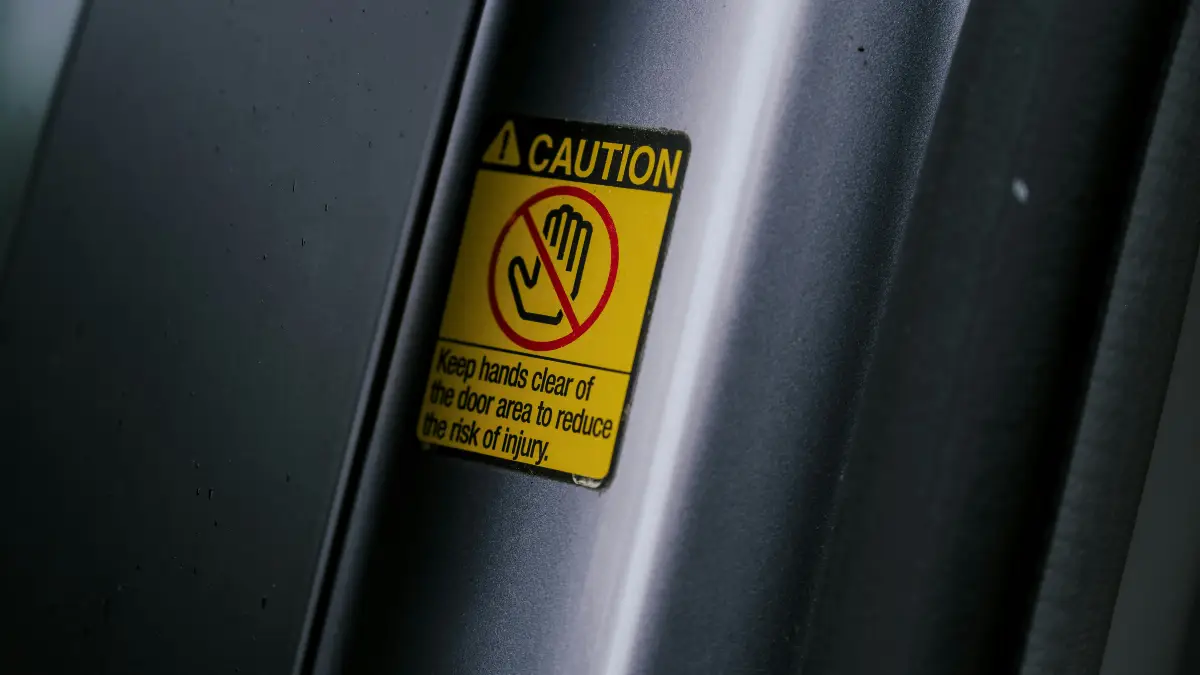
Your dealer hands you warranty paperwork thick as a phone book. “Complete coverage.” “Nationwide service network.” “Peace of mind protection.”
Here’s what really happens when things break: You wait eight months for repairs that don’t fix the problem.
Grand Design RV faces a class action lawsuit over warranties that “look good on paper, but fail in reality.” The legal filing tells the ugly truth about RV warranty protection.
The blame game starts immediately. Your luxury camper van has parts from different companies. Winnebago builds the interior. Mercedes makes the chassis. Dometic supplies the fridge. Truma handles heating.
Something breaks? Everyone points fingers. Winnebago says it’s a Mercedes problem. Mercedes says it’s a Winnebago issue. You sit in the middle with a broken $200,000 vehicle.
Real owner experience shows the pattern:
“I have called no less than 20 times with no ability to speak to service advisor.”
That’s after paying over $180,000 for their luxury van.
The service network can’t handle the workload. There are only 13,000 RV technicians in the entire country. They service 482,000 new RVs sold every year. Plus millions of existing units.
Do the math: Each technician handles 150+ new units annually. Plus all the older ones needing service. Your warranty repair waits behind dozens of other jobs.
Parts availability makes delays worse. Standard wait time: 4-6 weeks for common parts. Specialty items can take months. That’s before you even get a service appointment.
Distance kills convenience. Authorized service centers are spread thin. Many owners drive hundreds of miles for warranty work. Some pay $2,300 each way just to transport their van to approved shops.
The warranty fine print excludes everything. Water damage from manufacturer defects? Not covered if you used your van in “normal conditions.” Electrical problems from poor assembly? Excluded if you plugged anything into the outlets.
Smart warranty strategy: Find good independent RV shops before you need them. Build relationships with mechanics who work on your van type. Budget cash for repairs the warranty won’t cover.
The warranty looks great when you’re buying. It fails when you actually need it.
7. Spacious and Comfortable for Extended Living
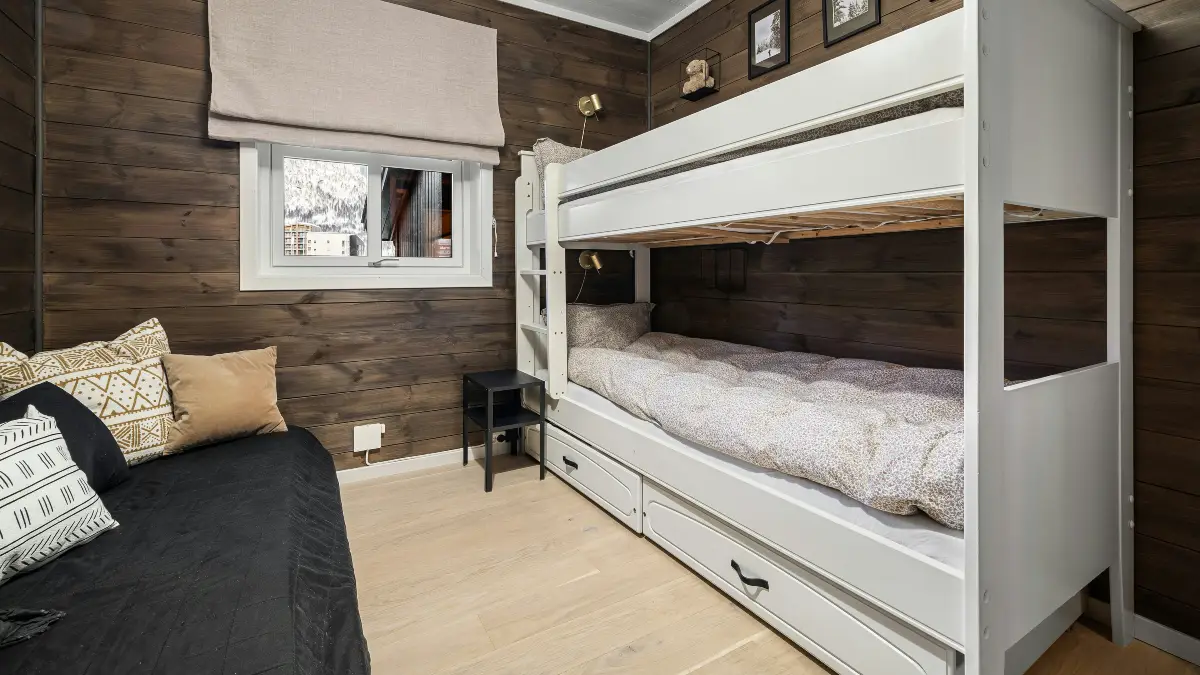
The marketing photos show luxury camper van interiors that look huge. People sitting comfortably. Plenty of room to move around. “Surprisingly spacious.” “Comfortable for extended adventures.”
Reality check: You’ll feel like you’re living in a closet.
Professional van builders see the problem clearly. One expert explains: “Fundamental flaws in Winnebago’s approach to feature packaging. They jam more into a vehicle than is necessary or comfortable.”
The photography tricks start with wide-angle lenses. These make small spaces look bigger. Professional staging removes clutter. Perfect lighting hides cramped corners.
You’ll never see those conditions in real life.
Real owner testimonials tell a different story:
“The living space is tight, even for a tiny person. I’m five feet, four inches tall, and 120 pounds.”
If a small person feels cramped, imagine what average-sized adults experience.
Storage becomes a constant battle. Marketing shows empty cabinets and clean counters. Real camping means gear, food, clothes, and supplies.
Where does it all go? It doesn’t.
The ceiling height problem hits tall people hard. Most luxury vans have 6’2″ interior height. Sounds fine until you try to change clothes or move around normally.
Counter space disappears fast. Your luxury van might have 4 square feet of usable counter area. Try cooking a real meal in that space.
The bedroom reality hurts. Marketing shows people sleeping peacefully. Reality means climbing over each other to get out. No room to sit up in bed. Clothes storage that forces you to pack like you’re backpacking.
Extended living becomes torture after a few days. The space that looked charming for weekend trips feels like prison for week-long adventures.
Couples face the biggest challenges. Two people in 70 square feet of living space means no privacy. No personal space. Every movement affects your partner.
Smart buyers know the limitations. They visit dealerships and actually sit in the vans. They imagine real-life scenarios, not marketing fantasies.
Don’t buy based on pretty pictures. Spend real time in the actual space before you commit to luxury van life.
8. Maintenance Costs Like Regular Vehicles
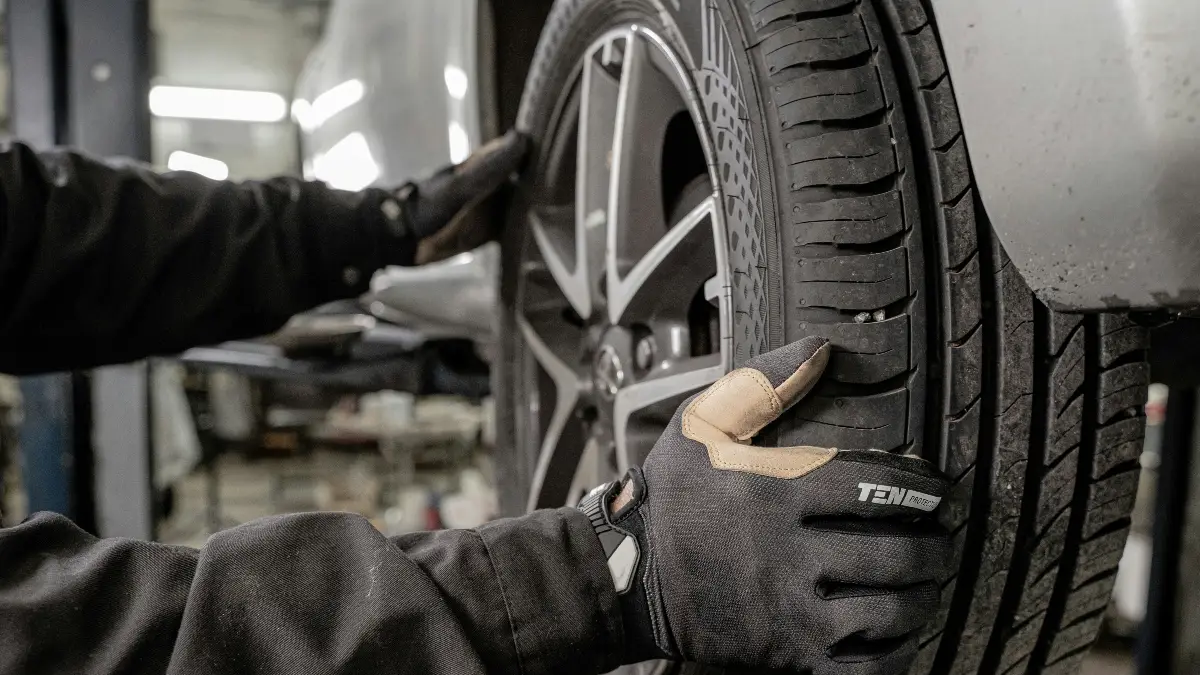
Your dealer makes luxury camper van ownership sound simple. “Just like maintaining a regular vehicle.” “Mercedes reliability means low service costs.” “German engineering keeps expenses down.”
Budget $3,000-$5,000 per year just to keep your $100,000 van running.
That’s 3-5% of your vehicle’s value annually. Compare that to luxury cars, where 1-2% is normal.
The Mercedes Sprinter chassis costs more to service than regular vehicles. Basic oil change? $120 minimum. Compare that to $80 for most luxury cars.
European parts cost 40-60% more than domestic equivalents. Service shops charge $225 per hour versus $150 for car dealerships.
One owner documented real costs: $17,981 in maintenance over 45 months. That’s almost $4,800 per year on a newer luxury motorhome.
Here’s why RV maintenance costs crush car expenses:
Your luxury van has multiple complex systems. House batteries. Inverters. Solar controllers. Water pumps. Waste systems. HVAC units. Each one needs service.
Service minimums hurt small jobs. Need a simple fix? You’ll pay $475 minimum service call. Most shops won’t touch RVs for less.
The diesel engine adds costs. DEF fluid systems. Expensive fuel filters. Specialized diagnostic equipment. Many shops won’t work on diesel Sprinters.
Annual maintenance reality for $100k luxury van:
- Oil changes (2x yearly): $240
- Diesel fuel system service: $400-$600
- House system maintenance: $800-$1,200
- Appliance service calls: $600-$1,000
- Unexpected repairs: $1,000-$2,500
- Total yearly budget: $3,040-$5,540
Parts availability makes everything worse. European components take weeks to arrive. You pay rush shipping or wait with a broken van.
Mobile service sounds great but costs more. Technicians charge travel time. Minimum 3-hour calls at $225/hour. Plus parts markups.
The hidden system maintenance kills budgets. Your luxury van has house systems regular vehicles don’t have:
- Battery bank replacement: $2,000-$4,000 every 5-7 years
- Inverter replacement: $800-$2,000
- Solar controller failure: $300-$800
- Water pump replacement: $200-$400
Smart maintenance planning: Find RV-friendly shops before you need them. Learn basic maintenance skills. Budget double what you’d spend on a luxury car.
Don’t believe the “like a regular vehicle” lie. Your luxury camper van needs luxury maintenance budgets.
9. Attractive Financing Available

Walk into any RV dealer and see the signs. “Low monthly payments!” “Easy financing!” “Get pre-approved today!”
Those advertised payments can double by the time you sign.
One customer saw this firsthand. Interested in a $16,000 travel trailer. Final price after dealer fees? Over $30,000.
Here’s how they do it:
The advertised price gets you in the door. Then comes the fee avalanche.
- Prep fees: $3,000-$5,000 (“Required by manufacturer”)
- Delivery charges: $1,500-$2,500 (“Transportation costs”)
- Extended service plans: $4,000-$6,000 (“Protection you need”)
- Documentation fees: $500-$800 (“Required paperwork”)
- Financing fees: $1,200-$2,000 (“Loan processing costs”)
Your $150,000 luxury van becomes $165,000-$175,000 after fees. Those add-ons aren’t optional at many dealers.
Current RV financing rates run 5.99-19.95% APR. Your credit score determines where you land. Compare that to auto loans at 3.99-8.99% APR for similar credit.
The payment tricks get worse. Dealers stretch loans to 20+ years to lower monthly payments. You’ll pay $50,000+ in interest on that $150,000 van.
Hidden financing costs include:
- Gap insurance: $1,500-$2,500 (often required)
- Extended warranties: $3,000-$8,000 (pushed hard at signing)
- Credit life insurance: $2,000-$4,000 (high-pressure add-on)
Real financing example on $150,000 luxury van:
- Base price: $150,000
- Dealer fees: $12,000
- Extended warranty: $5,000
- Gap insurance: $2,000
- Total financed: $169,000
- Monthly payment (20 years at 8.5%): $1,463
- Total paid over loan life: $351,120
You pay $201,120 in interest and fees on a $150,000 van.
The repo risk is real. RV loans default at higher rates than car loans. Your luxury toy becomes a financial nightmare if life changes.
Smart financing means shopping around. Credit unions often beat dealer rates by 2-3%. Bank direct lending avoids dealer fee markups.
Get pre-approved before you shop. Know real monthly payments before you fall in love with a van.
Don’t let attractive financing claims empty your bank account.
10. Excellent Dealer Support Network
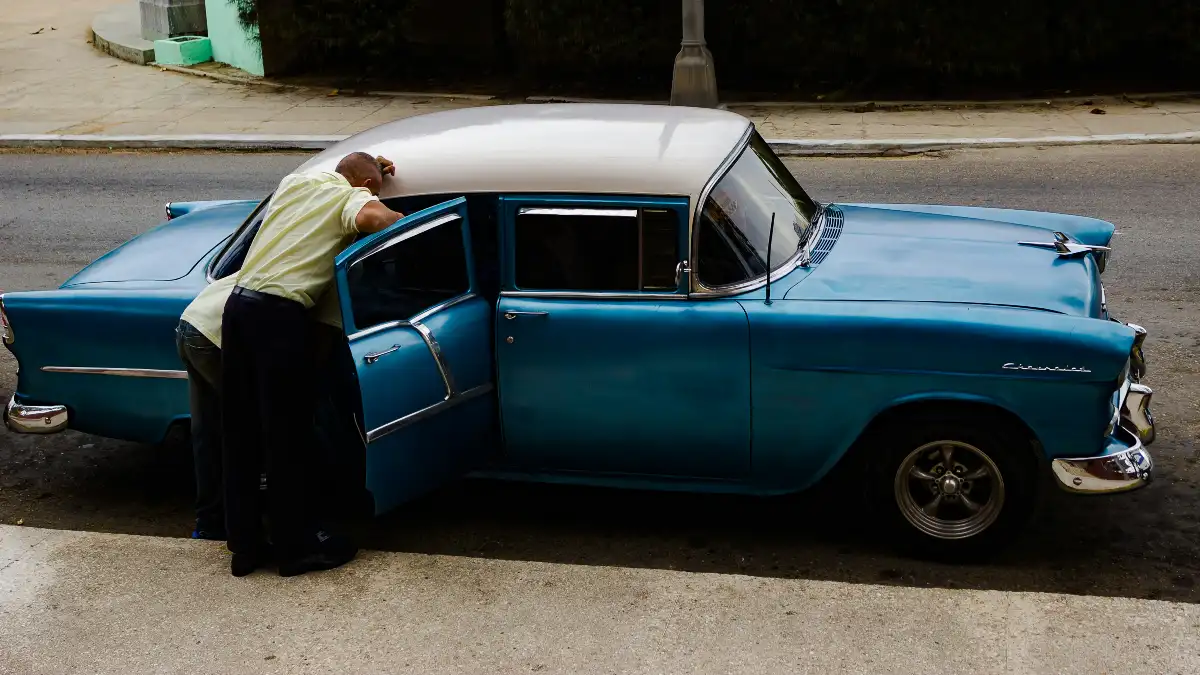
Your luxury camper van dealer shows you a map covered in service locations. “Nationwide support network.” “Service wherever you travel.” “Complete peace of mind.”
When you actually need help, that network disappears.
The reality hits hard when things break on the road. You call the “24/7 support line” and get voicemail. The “nationwide network” has no appointments for months.
One owner shared the frustrating truth:
“I have called no less than 20 times with no ability to speak to service advisor.”
This is after paying over $180,000 for their luxury van.
The numbers don’t work. There are 13,000 certified RV technicians in the entire country. They handle 482,000 new RVs sold each year. Plus millions of existing units needing service.
Each tech covers about 150 new units annually. Add older RVs, and the system breaks down.
Appointment delays become the norm:
- Warranty work: 4-8 weeks minimum wait
- Emergency repairs: 2-4 weeks if you’re lucky
- Scheduled maintenance: 6-12 weeks out
Parts availability kills quick fixes. Standard parts take 4-6 weeks to arrive. Specialty components can take months. European parts for Mercedes chassis add weeks to delivery times.
Distance makes service worse. Authorized dealers are spread thin. Many owners drive 300+ miles for warranty work. Some pay $2,300 each way just to transport their van.
The blame game starts fast. Your luxury van has parts from multiple companies. When something breaks, everyone points fingers:
- Winnebago blames Mercedes for chassis issues
- Mercedes blames Winnebago for house systems
- Dometic says it’s an installation problem
- You wait months for a decision
Mobile service sounds great but rarely works. Most mobile techs handle basic maintenance only. Complex repairs need shop facilities. You’re back to towing and waiting.
Service quality varies wildly. Some dealers know luxury vans well. Others treat them like cheap travel trailers. You get apprentice technicians working on your $200,000 investment.
Smart service planning:
- Find good independent RV shops before you need them
- Build relationships with techs who know your van type
- Learn basic maintenance to avoid service calls
- Carry spare parts for common failures
The dealer support network looks great on paper. It fails when you actually need help on the road.
11. Adventure-Ready Off-Road Capability
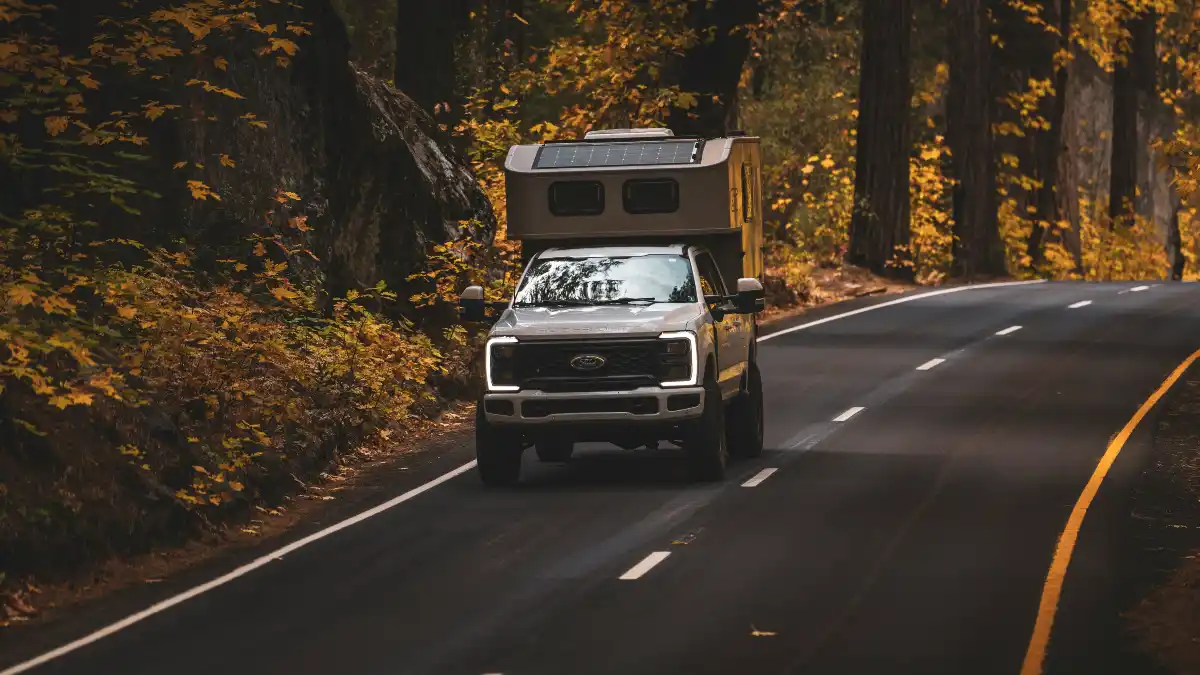
Marketing materials show luxury camper vans conquering mountain trails. “Built for adventure.” “Off-road ready.” “Take it anywhere your spirit leads.”
Try that and you’ll void your warranty.
Jayco learned this lesson the hard way. They face a lawsuit for marketing RVs as “off-road” capable when they’re not designed for that use.
The Australian Competition and Consumer Commission took legal action. Jayco advertised RVs as suitable for “off-road” and “4WD-only tracks.” But the vehicles couldn’t handle what the ads promised.
Your luxury camper van has the same problems. Marketing shows dramatic off-road scenes. Warranty language excludes the advertised usage.
Ground clearance kills real off-road dreams. Most luxury vans sit 7-8 inches off the ground. Add vulnerable steps, waste tanks, and fresh water systems hanging below the frame.
One small rock ends your adventure. Hit a tank or step, and you’re looking at thousands in damage. In remote areas with no cell service.
Professional assessment reveals the truth: “The side steps reduce ground clearance significantly, making serious off-road use risky for expensive components.”
Warranty exclusions include:
- Damage from “rough road conditions”
- Component failure from “excessive vibration”
- Water system damage from “off-road use”
- Body damage from “contact with obstacles”
Basically, everything that happens when you use your van as advertised.
The tires tell the real story. Most luxury vans come with highway tires rated for pavement use. Real off-road vehicles have aggressive tread patterns and reinforced sidewalls.
Weight distribution makes handling worse. Your luxury van carries most weight high up. That raises the center of gravity. Add rough terrain, and rollover risk increases.
Smart off-road reality:
- Stick to maintained gravel roads
- Avoid rocky or deeply rutted trails
- Check ground clearance before every obstacle
- Carry recovery gear and know how to use it
Better options exist for real off-road camping. Purpose-built expedition vehicles cost more but deliver actual capability. Truck campers handle rough terrain better.
Don’t believe the adventure marketing. Your luxury camper van works great on pavement and maintained roads. Push beyond that, and you risk expensive damage.
Your warranty won’t cover the repairs from doing what the ads promised.
12. Purchase Price Is the Total Investment
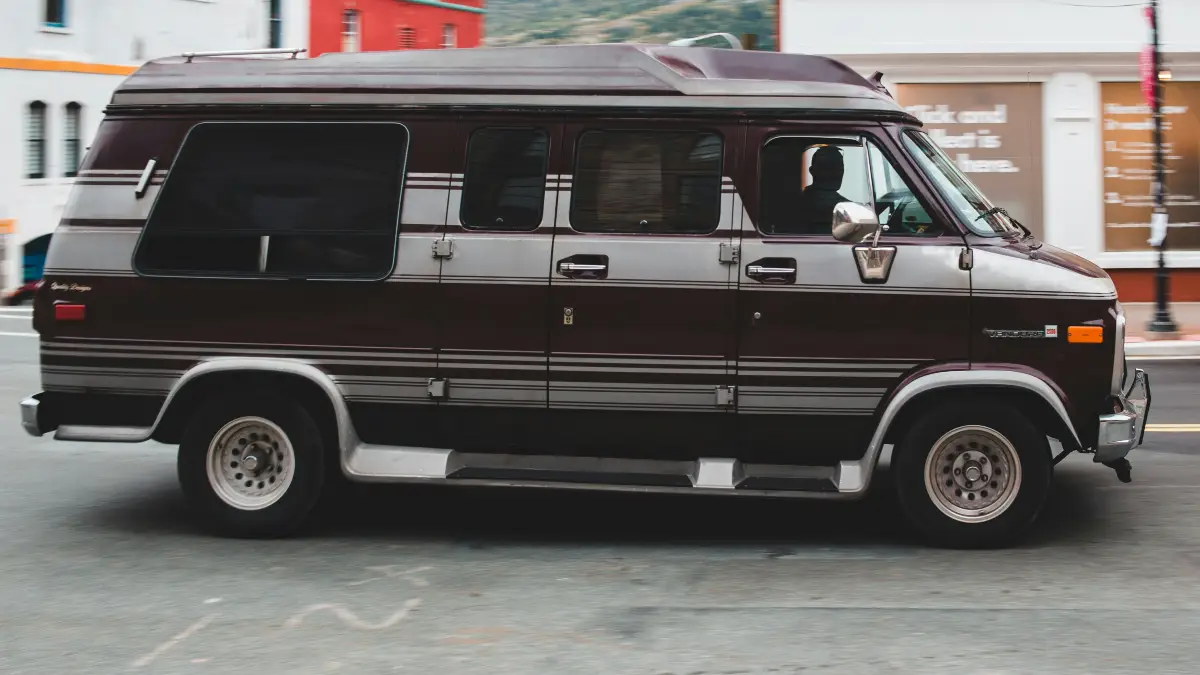
You see that $150,000 luxury camper van and think you know the cost. The dealer focuses on monthly payments. Everyone talks about the purchase price.
Your real five-year cost will be $225,000-$275,000.
The purchase price is just the beginning. Hidden ownership costs add 50-100% to what you actually spend.
Here’s the brutal breakdown for a $100,000 luxury van over five years:
Insurance: $3,500-$5,000 Luxury RV insurance costs more than regular vehicle coverage. Full-timer policies cost even more. Expect $700-$1,000 annually.
Maintenance and Repairs: $15,000-$25,000
As we covered earlier, budget 3-5% of vehicle value annually. Complex systems break. Mercedes parts cost more. Service rates hit $225/hour.
Storage Costs: $6,000-$12,000 Where will you keep your 24-foot van? Indoor storage runs $200-$300 monthly. Outdoor spots cost $100-$150. Most HOAs ban RV parking.
Registration and Fees: $1,000-$3,000
Annual registration varies by state. Some charge by weight. Others by value. Add inspection fees, title transfers, and licensing costs.
Modifications and Upgrades: $5,000-$15,000 The van never comes perfect from the factory. You’ll add solar panels, batteries, awnings, bike racks, and interior improvements.
Financing Costs: $45,000-$75,000 If you finance $100,000 at 8% for 15 years, you pay $52,000 in interest alone. Extend to 20 years and pay $69,000 in interest.
Depreciation Hit: $40,000-$60,000 Your $100,000 van becomes worth $40,000-$60,000 after five years. That’s $8,000-$12,000 yearly in lost value.
Total Hidden Costs: $60,500-$87,000 Add financing and depreciation, and your real cost doubles.
The dealers hide this math. They focus on monthly payments. They minimize insurance and maintenance costs. They never mention storage expenses.
Real-world example from an owner who tracked everything:
- Purchase price: $165,000
- Five-year insurance: $4,200
- Maintenance/repairs: $18,500
- Storage: $9,600
- Modifications: $12,000
- Interest paid: $47,000
- Total five-year cost: $256,300
That’s $51,260 per year to own a “luxury” camper van.
Smart buyers budget for reality:
- Add 50% to purchase price for five-year ownership
- Save cash for maintenance and repairs
- Shop insurance before you buy
- Plan storage solutions early
The purchase price gets you in the door. The hidden costs empty your bank account.
13.German Engineering Reliability

The marketing hits you from every angle. “Mercedes chassis reliability.” “German engineering precision.” “Built to automotive standards.”
You’re buying a house on wheels, not a luxury car.
Airstream CEO Bob Wheeler admits the truth: “RVs are largely built by hand along manual assembly lines. They are, at their most fundamental level, houses on wheels.”
Here’s what “German engineering” really means: The chassis comes from Mercedes or Ford. Everything built on top uses standard RV construction methods.
Your $200,000 van has the same hand-built assembly as a $50,000 travel trailer. Just fancier interior materials.
RV factories use piece-work payment systems. Workers get paid for speed, not quality. They build as many units as possible per shift. Quality takes time that costs money.
50% of luxury van buyers expect automotive reliability. They think German chassis means German build quality throughout. It doesn’t.
The manufacturing reality looks nothing like automotive production:
- No precision robotics
- No quality control stations
- Manual wiring with electrical tape
- Staples and screws instead of automotive fasteners
- Caulk and sealant covering gaps and mistakes
Professional builders see the problems daily. They fix factory mistakes on brand-new $200,000 vans. Poor wire routing. Inadequate mounting. Cheap components in critical systems.
The chassis is reliable. Mercedes Sprinters run 300,000+ miles with proper maintenance. But that’s where German engineering ends.
Everything else follows RV industry standards:
- Thin wall construction that flexes and cracks
- Cheap faucets and fixtures that break quickly
- Electrical systems that short out from vibration
- Plumbing connections that leak after minor movement
Warranty claims prove the point. Thor Sequence shows 31.4% warranty rates. One in three owners needs repairs in year one. BMW sees warranty claims under 10%.
Smart buyers adjust expectations:
- Plan for constant maintenance like a house
- Budget repair costs like an RV, not a car
- Find good RV technicians who understand the construction
- Learn basic skills to handle simple problems
The Mercedes badge doesn’t make your luxury van reliable. It just makes the chassis reliable.
Everything built on that chassis follows standard RV methods. That means constant attention and regular repairs.
Buy knowing you’re getting a hand-built recreational vehicle with a good chassis underneath. Not a luxury car that happens to have a kitchen.

